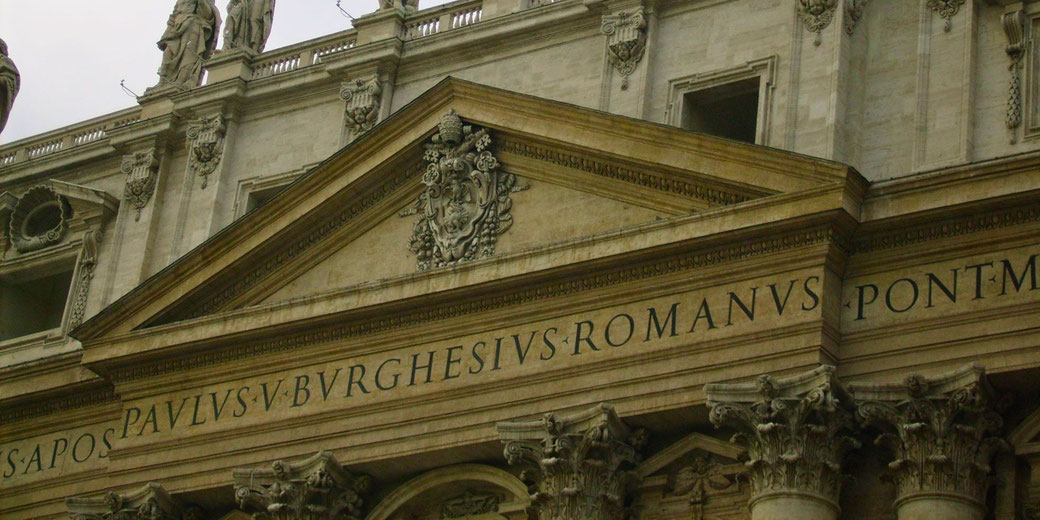How to find out who created a historical source

The first step in creating an effective analysis of a source is to find out who created it.
While this might sound like a simple thing to do, it can often take significant time to find out all the required information about the creator of a source.
Watch a video explanation:
What is a source 'creator'?
When we talk about the 'creator' of a source, we want to know who originally made it.
Different kinds of sources usually have a particular kind of creator.
For example:
| Source Type | Typical Creator(s) |
| Academic Journal | University academic |
| Book | Author |
| Cartoon | Cartoonist |
| Newspaper Article | Journalist |
| Painting | Painter |
| Photo | Photographer |
| Website | Teachers, businesses, governments, general public, etc. |
How do I find out who created a source?
Depending upon the type of sources, you need to look in different places to find out who the creator was.
For example:
-
Books: usually listed on the front cover
- Websites: usually listed at the very bottom of an internet page
- Academic Journals: usually listed on the very first page of the document
What information do I need to find out about the creator?
When recording the name of the creator of your source, try to discover the following information:
- The creator's full name (first, middle and last names)
- The creator's career (university professor, soldier, etc.)
- What experience they have on the topic (they experienced the event personally, or they study the topic professionally, etc.)
What if I cannot find the name of the creator?
Unfortunately, you almost always need to find out the creator of the source in order to successfully complete the analysis and evaluation of a source.
Without an acknowledged creator, you cannot do these things. Therefore, it is recommended that you only use sources that have an identified creator.
However, sometimes you have to use a source that has no acknowledged creator (like a photograph, for example). In this situation, you will need to rely upon other analysis skills, like time of creation, intended audience and purpose, to complete your analysis.
In situations like this, you need to simply state that you looked for a creator, but could not find one. Therefore, you call the creator of this source: Unknown Author, or Unknown Photographer, etc.
Examples
Discussing a source's creator in your writing:
The Gallic Wars was created by Julius Caesar himself and it recounts his invasion of Gaul.
This statement was made by Smith, a Research Fellow at Harvard.
The image was taken by an unnamed photographer.
Test Your Learning
What do you need help with?
Download ready-to-use digital learning resources
Copyright © History Skills 2014-2025.
Contact via email
With the exception of links to external sites, some historical sources and extracts from specific publications, all content on this website is copyrighted by History Skills. This content may not be copied, republished or redistributed without written permission from the website creator. Please use the Contact page to obtain relevant permission.





